Extra 15% OFF on orders over $100. Use Coupon code [CATLOVE]
Understanding Your Cat’s Body Language: Everything You Need to Know!
Understanding your cat’s body language is key to decoding the signals they send. If you’ve ever found yourself puzzled by your feline friend’s quirky behavior, you’re not alone. Cats have a unique way of communicating that can leave us scratching our heads.
In this post, we will explore the subtle (and sometimes not-so-subtle) signals your cat uses to communicate their feelings and needs. From tail positions to ear movements, let’s embark on a journey to decode the enigmatic world of cat body language.
The Tail Tales
Let’s start with the tail, a versatile tool in your cat’s communication arsenal.
- Straight Up
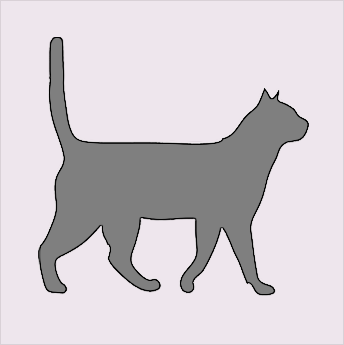
When a cat’s tail is held straight up, it signifies confidence and happiness. This tail position indicates that your cat feels secure and sociable. It’s an ideal time to interact and enjoy bonding with your feline friend.
- 2. Question Mark or Hook Shape
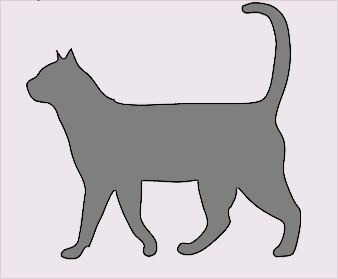
A curve at the end of a cat’s tail is a sign of friendliness, similar to when it’s held straight up. This indicates that your cat is eager to interact and might be in the mood for playtime. It shows that your cat is feeling sociable and playful.
Special Offer: Keep your cat entertained with our Rechargeable Laser Cat Wand: Interactive Hide & Seek Fun for Every Feline! – for 30% off!
- 3. Puffed Up

If a cat’s tail is puffed up and bristling, it indicates irritation or fear. This posture is often accompanied by an arched back as the cat tries to appear larger and more intimidating.
- 4. Wagging
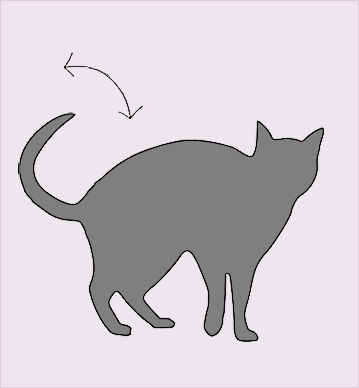
When a cat’s tail is thrashing or thumping, it usually signals anger or agitation. Unlike dogs, a wagging tail in cats is not a positive sign. When you observe this behavior, it’s best to give your cat some space.
- 5. Tail Wrapped Around Your Leg
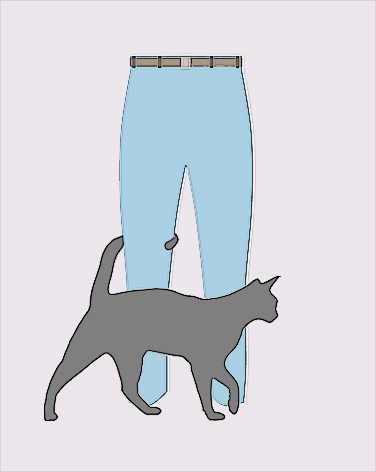
Similar to how humans shake hands or hug to greet each other, cats use their tails to say hello. When your cat wraps its tail around your legs, it’s their way of offering a warm greeting. Consider this a sign that you are one of their favorite people!
- 6. Tail Wrapped Around Their Body
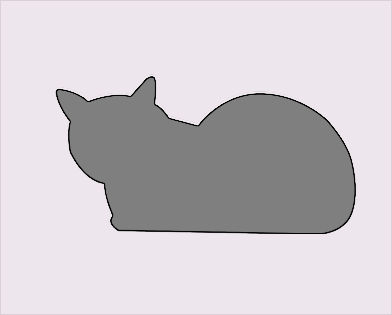
Cats often wrap their tails around their bodies to keep warm, particularly when they’re resting. However, this behavior can also suggest that they are feeling vulnerable or defensive. If you notice your cat frequently wrapping its tail around itself, it might indicate they are unwell or in pain. If you have any concerns, it’s a good idea to consult your vet.
- 7. Low to the Ground
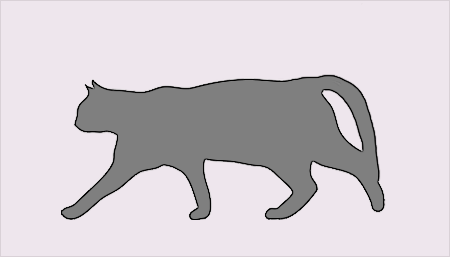
When a cat’s tail is lowered below their back or tucked between their legs, it often signals fear or anxiety. This posture shows that your cat feels insecure or threatened. Identifying and alleviating the sources of their stress can help them feel more secure and comfortable.
- 8. End of Tail Twitching
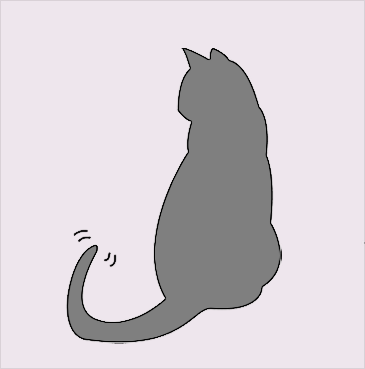
When your cat is playing or hunting, you might notice the end of their tail twitching. This small movement often indicates concentration. However, it can also suggest slight irritation, so be sure to observe other signs to understand their mood better.
- 9. Slowly swishing

Cats may slowly swish their tail from side to side when they are intensely focused on something. This behavior often indicates they are preparing to pounce. It shows a high level of concentration and readiness for action.
Eye Spy
Your cat’s eyes are windows to their soul. Here’s how to interpret their various eye expressions.
1. Slow Blinks: When your cat gives you slow blinks, it’s a sign of trust and affection. This behavior is often referred to as “kitty kisses.” You can reciprocate by slow blinking back, showing your cat that you love them too.
2. Dilated Pupils: Dilated pupils can indicate excitement, fear, or playfulness. If your cat’s pupils suddenly become large, they might be getting ready to pounce on a toy or may have seen something that startled them.
3. Staring: A direct stare can be a sign of dominance or a way for your cat to show interest in something. However, prolonged staring without blinking can also indicate aggression. It’s essential to consider the context and other body language cues.
4. Half-Closed Eyes: When your cat’s eyes are half-closed, they are usually feeling relaxed and content. This is a sign that your cat feels safe and comfortable around you.
Keep Calm: Ensure your cat feels safe and secure with our Super Soft Marshmallow Cat Bed – Perfect for Winter Warmth & Anxiety Relief! at 20% off!
Ear Expressions
A cat’s ears are incredibly expressive and can tell you a lot about their mood.
1. Forward Ears: When your cat’s ears are facing forward, they are alert and curious. They are likely engaged with their surroundings and interested in what’s happening.
2. Flat Ears: Ears flattened against the head indicate fear or aggression. Your cat might feel threatened or angry, and it’s best to give them some space.
3. Rotating Ears: If your cat’s ears are rotating back and forth, they are trying to locate the source of a sound. This behavior shows that your cat is on high alert.
4. Ears Slightly Back: Ears that are slightly tilted back can indicate that your cat is feeling unsure or uneasy. It’s a sign that they might be wary of their environment.
Fresh Environment: Maintain a pleasant environment with our Dust-Free & Smell-Free Cat Litter Deodorizer at 25% off!
Purrfect Poses
Your cat’s body posture can reveal a lot about their feelings and intentions.
1. Belly Up: Contrary to popular belief, a cat showing their belly is not always an invitation for belly rubs. It’s a sign that your cat trusts you, but they might still react defensively if you touch their stomach.
2. Arched Back, Fur Standing: This classic Halloween cat pose indicates that your cat is trying to look bigger and more intimidating. It’s a sign of fear or aggression, and it’s best to leave them alone.
3. Curled Up: When your cat curls up into a ball, they are trying to conserve body heat and feel safe. This is a sign of a relaxed and content cat.
4. Low Crouch: A low crouching position can indicate that your cat is ready to pounce or is feeling scared. They are trying to make themselves as small as possible while staying ready to spring into action.
Comfort and Warmth: Provide your cat with a cozy retreat with our Ultra-Soft Cozy Cat Cave at 15% off!
Bonus: The Whisker Wisdom
Your cat’s whiskers are incredibly sensitive and play a crucial role in their perception of the world.
1. Forward Whiskers: When your cat’s whiskers are pushed forward, they are engaged and interested in what’s right in front of them. This is a sign of curiosity and excitement.
2. Pulled-Back Whiskers: Whiskers that are pulled back against the face indicate that your cat is feeling nervous or annoyed. It’s best to give them some space and time to relax.
Common Misunderstandings in Cat Body Language
It’s easy to misinterpret a cat’s body language, especially if you’re more familiar with dogs or other pets. Here are some common misunderstandings and clarifications:
1. The Belly Trap: Many people think a cat showing its belly is asking for a rub. While this can be true for some cats, for many, it’s a sign of trust that doesn’t necessarily invite touch. Proceed with caution, or you might get a playful swat!
2. Purring Paradox: While purring usually indicates contentment, it can also be a sign of discomfort or pain. Pay attention to the context and other body language cues to understand your cat’s true feelings.
3. Headbutts and Love Bites: Cats often headbutt to mark their territory with scent glands located on their heads. Love bites, on the other hand, are gentle nibbles that show affection but can sometimes be a little too enthusiastic.
Strengthening the Bond with Your Cat
Now that you’re better equipped to understand your cat’s body language, here are some tips to strengthen your bond:
1. Respect Their Space: Always respect your cat’s personal space. If they’re showing signs of discomfort or agitation, give them time to calm down.
2. Interactive Play: Engage your cat in regular play sessions using toys that mimic hunting behaviors, like feather wands or laser pointers. This not only provides physical exercise but also mental stimulation. Check out our Rechargeable Laser Cat Wand: Interactive Hide & Seek Fun for Every Feline! for 30% off!
3. Slow Blinks: Use slow blinks to communicate your love and trust. When your cat gives you a slow blink, return the gesture to strengthen your bond.
4. Gentle Petting: Learn your cat’s favorite spots for petting. Many cats enjoy being petted on the head, cheeks, and under the chin. Avoid the belly unless you’re sure your cat enjoys it.
Healthy Feeding: Ensure your cat’s feeding station is ergonomic with our VET-Recommended Raised Cat Bowls at 50% off!
Conclusion
Understanding your cat’s body language can greatly enhance your relationship with your feline friend. By paying attention to their tail, eyes, ears, and overall posture, you can better meet their needs and ensure they feel safe, loved, and understood.
Do you have any funny or heartwarming stories about decoding your cat’s body language? Share them with us in the comments below! And don’t forget to visit Cat Prestige for more tips and insights on living your best life with your feline companion.
Happy decoding!
